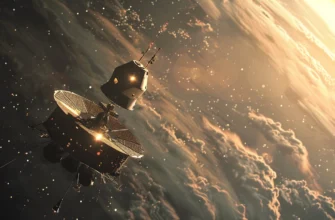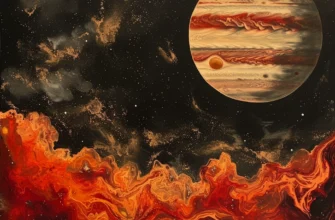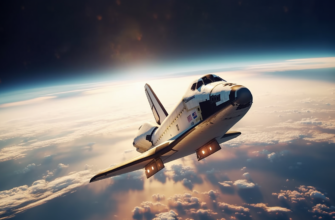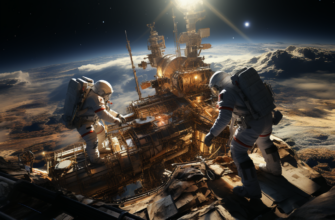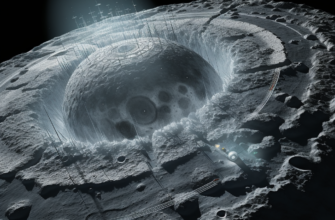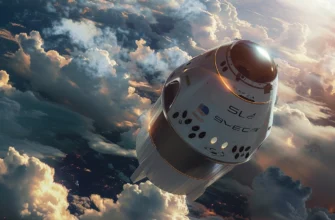Mars Colonization has captivated the imagination of scientists, entrepreneurs, and the general public for decades. As the Earth’s resources continue to dwindle and climate change threatens ecological collapse, establishing a permanent human settlement on the Red Planet may be key to our survival.
But what will it take to successful the main purpose of Mars colonization? While enormous engineering hurdles need to be overcome, the human factors may prove an even greater challenge. Today we explores the multifaceted question of whether Mars is a viable candidate for human colonization.
The Allure of Mars
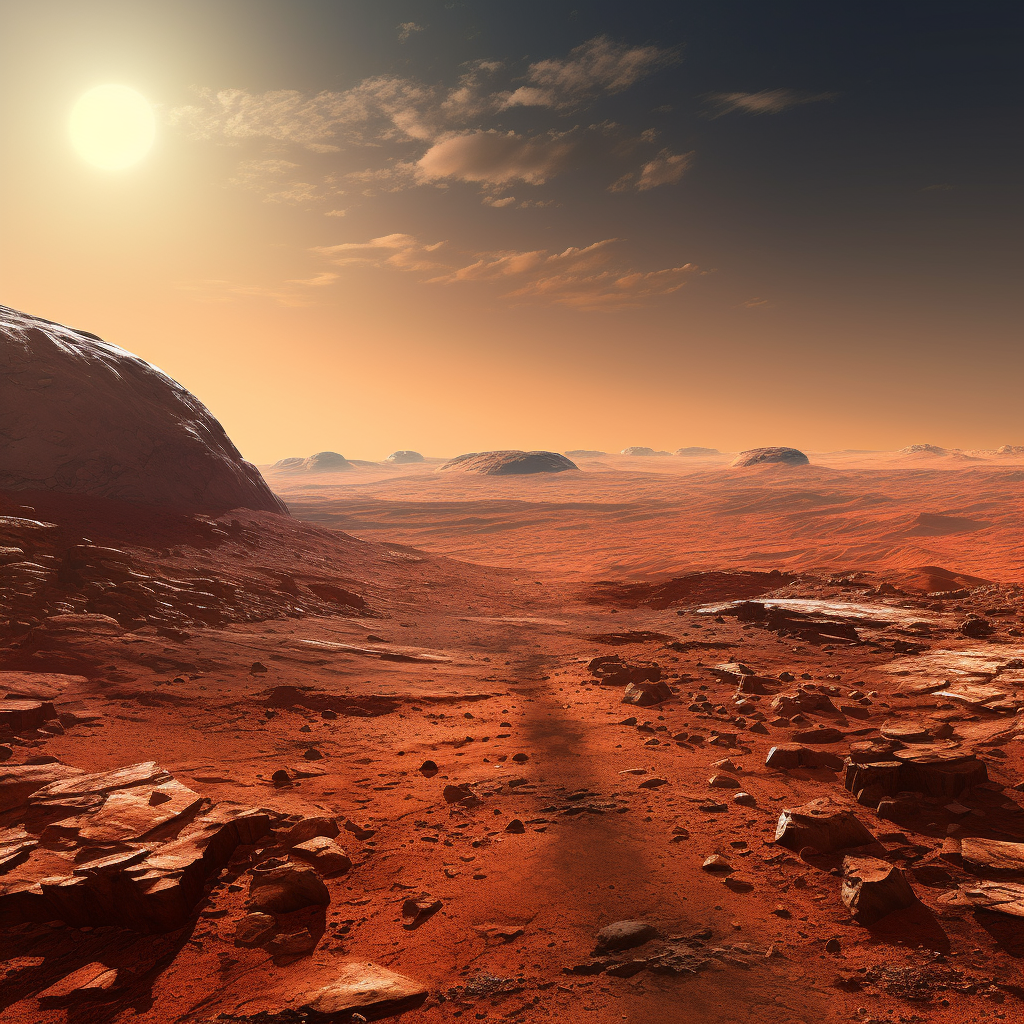
Mars colonization has captivated humanity’s imagination for over a century. The first detailed maps of Mars were made in the 1870s by Italian astronomer Giovanni Schiaparelli, who named many of the planet’s surface features. Mars fever truly took hold after American astronomer Percival Lowell built his observatory in Flagstaff, Arizona in 1894 to study the Red Planet in detail. Lowell spent over 20 years scrutinizing Mars through his telescope, becoming convinced that the straight lines he observed on the surface were canals constructed by an intelligent civilization struggling to survive on a dying world.
While Lowell’s canal theory turned out to be an optical illusion, his writings inspired generations of science fiction writers to envision a populated Mars colonization crisscrossed by canal systems used to transport water from the poles to the arid equatorial regions. H.G. Wells’ The War of the Worlds imagined the reverse scenario – Martians invading Earth to escape their desiccated planet. Ray Bradbury set his classic novel The Martian Chronicles in a future where humans complete Mars colonization. From canal-building aliens to roving adventurers seeking their fortune on an untamed frontier world teeming with danger and opportunity, the allure of the Red Planet has ignited passions for over 130 years.
So why has Mars colonization captured our collective fancy to such an extent? Its relative proximity is clearly a factor – at its closest approach, Mars is “just” 34 million miles from Earth. (The minimum distance varies widely due to the ellipticity of Mars’ orbit around the sun.) This makes robotic probes and even eventual human missions far more feasible than to the outer planets. Mars is also Earth-like in critical ways – its day is only 40 minutes longer than Earth’s, it has seasons (albeit far more extreme in temperature variation), clouds, dust storms, volcanoes, ice caps, and evidence of ancient surface water. However, unlike Earth, Mars presently has virtually no atmosphere to speak of, with a surface atmospheric pressure less than 1% that of sea level on Earth.
But perhaps the most alluring quality of Mars is that it could be made habitable for humans someday. While hopes may fade for finding native flora or fauna on Mars that could populate Lowell’s fanciful canals, the technical possibility remains for terraforming the planet for human settlement. Carl Sagan was fond of saying, “Mars is where the future happens first.” Before interstellar travel becomes feasible even many centuries from now, Mars colonization represents our first logical step toward becoming an interplanetary species.
Engineering Challenges For Mars colonization
Assuming Mars is an appropriate destination for off-world settlement from a planetary science standpoint, monumental engineering obstacles across virtually every discipline must be overcome before it can become an actual reality.
Getting There
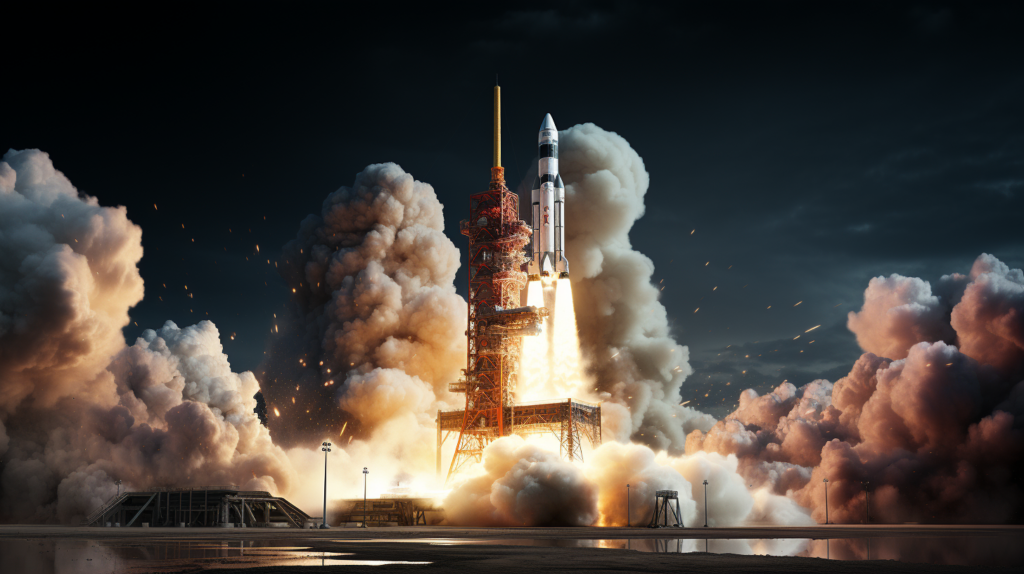
While Mars can get as “close” as 34 million miles from Earth, that is just the beginning of the transit journey. Typical Hohmann transfer orbits, which require the least propulsive energy, currently involve 6-9 months of deep space travel each way. Depending on where Earth and Mars are in their solar orbits during a given launch opportunity, so-called “conjunction class” and “opposition class” missions have somewhat different duration profiles on Earth-Mars routes.
Such long transits far beyond the protective bubble of Earth’s geomagnetic sphere carry grave implications discussed in more detail in Mitigating Radiation Risks below – namely, massive radiation exposure from two sources: solar proton events (SPEs) and galactic cosmic radiation (GCR). Without significant shielding or provision of safe zones, this level of radiation exposure would likely prove fatal.
Solutions proposed include providing storm shelters buried deep inside water tanks which offer hydrogen-rich shielding against SPEs, designing transits to coincide with periods of lower solar activity, and optimizing transit vehicle trajectories to minimize radiation exposure. Despite presenting thorny engineering problems, radiation issues are considered surmountable obstacles according to a NASA-Dartmouth medical study:
“While space radiation presents a risk that spaceflight engineers must continue to address, they can mitigate the risk enough to safely send humans to Mars and bring them back as long as they adhere to the dose limits,” said Cary Zeitlin, lead study author from the Dartmouth team.
The actual propulsive energy required for transits, while substantial, has been handled by ordinary chemical bipropellant rockets since the dawn of the space age. However, the scale of payload delivery has increased exponentially especially when accounting for requirements of extended human habitat on Mars. Proposed solutions now range from nuclear thermal propulsion which saw some development in the 1960s before being shelved, to exotic concepts like antimatter catalyzed reactors and fusion drives, to massive chemical boosters like NASA’s Space Launch System (SLS) currently still in development.
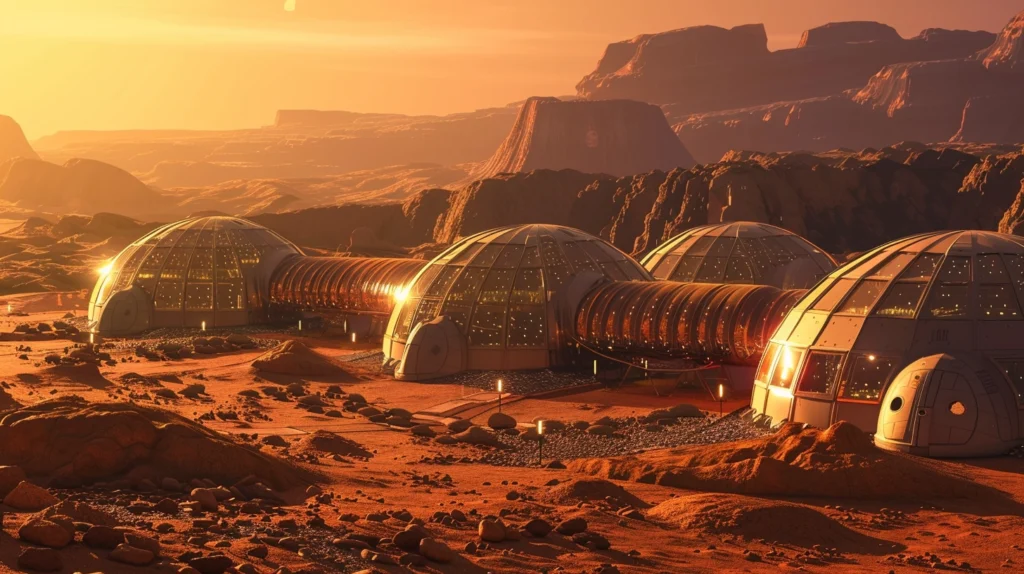
Artistic rendition of a possible future human colony on Mars.
The good news is that rapid reusability, a holy grail since the advent of space travel, finally appears within reach. This is thanks largely to innovations by SpaceX and Blue Origin which have successfully powered the booster stages of orbital rockets back to controlled vertical landings. The bad news is that even with reusability, the cost per pound delivered to orbit, let alone Mars, needs to improve by another order of magnitude or more to support affordable colonization efforts. Thankfully, the annual launch rates and reliability figures for boosters continue to improve, bringing this goal slowly but tangibly closer each year.
Landing on Mars
Landing payloads safely on Mars has proven extremely challenging to date. Out of multiple attempted robotic Mars landings over the decades, nearly 50% have ended in failure. The thin Martian atmosphere precludes traditional parachute-based landings, instead requiring rocket descent and “sky crane” systems to gently lower landers and rovers to the surface.
While these acrobatics may work for robots and sensor packages, touching down multi-ton habitats supporting human crews will require braking thrust and landing gear an order of magnitude or more beyond the capacity demonstrated thus far. Proposed EDL (entry, descent, and landing) solutions leverage SCARAB landers descended from launch vehicle upper stages, employing tiled heat shields, Supersonic Retro Propulsion (SRP), Hypersonic Inflatable Aerodynamic Decelerators (HIADs), and giant airbags to cushion the final impact. Technology upgrades across these areas are proceeding but still need to mature substantially before they are ready to bear the formidable weight of a crewed habitat.
Constructing Shelter
Once a habitat can be softly landed on Mars without turning the crew into strawberry jam, adequate shelter must be erected before the crew emerges or disaster could ensue quickly. The atmospheric pressure on Mars averages around 0.6% that of Earth. Without a pressure vessel or sealed suits, any exposed bodily fluids such as saliva, tears, and the surfaces of eyes and mucus membranes will begin boiling. Human survival time in such an environment without catastrophic damage would be measured in seconds, not minutes.
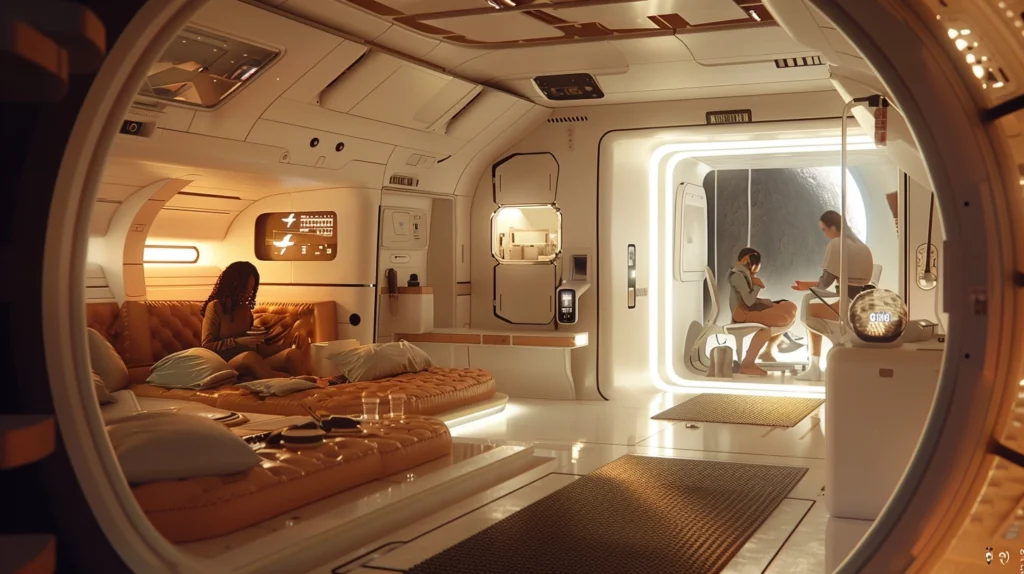
While specially engineered spacesuits can be designed to mitigate this danger during EVA (extra-vehicular activity), living quarters comparable to the cocoon-like environment aboard the International Space Station will need to be primary shelters for the crew. Proposed habitats leverage modular interconnectable architecture similar to the ISS, possibly landed piecewise over successive periods and assembled by autonomous robots supervised by ground controllers. Once pressurized modules covered in thick regolith layers for radiation protection are completed, the crew capsule can finally land and connect.
Adaptive virtual reality systems like Microsoft’s Hololens have been proposed not just to alleviate psychological impacts during prolonged isolation, but to aid astronauts performing construction tasks. Special delivery vehicles mounted on rails or rovers could serve double duty as bulldozers to provide regolith automatically to blanket completed structures.
3D printing structural components from Mars soils and minerals offers another possibility for shelter construction if granular feedstock materials with binding properties can be located nearby. Studies are underway examining candidate binding agents that could turn Mars regolith into the equivalent of liquid concrete for additive construction purposes.
Growing Food
Deep space traverse and surface stay durations on the order of years mean growing viable food crops of nutritional completeness will be essential for Mars colonization. While crews could conceivably pack an Earth return vehicle cabin with shelf-stable food as a backup, growing healthy crops would provide psychological comforts of home, a renewable food source for extended stays, and shielding from excess radiation.
Unfortunately, the Mars environment presents agricultural obstacles on essentially every vector – 38% Earth gravity of unclear impact, no strong geomagnetic radiation shielding, regolith high in salts/perchlorates toxic to plants, scarce water supplies locked up primarily in ice caps, little light reaching the surface (due to both atmosphere issues and much farther orbital distance from the Sun than Earth’s), wildly fluctuating diurnal/seasonal temperatures from lows matching dry ice to potential highs around 70°F at equatorial midday in summer, and last but not least – virtually no atmosphere and therefore uncontrolled pressure.
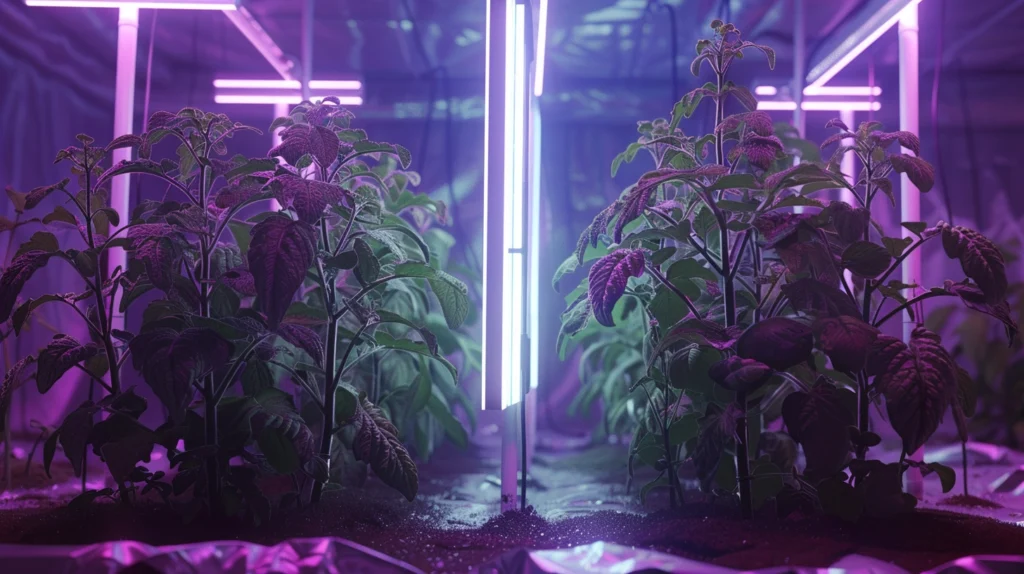
Testing tomato plants in soil similar to Mars, researchers found adding blue or red LED lights doubled yields over broad spectrum white lighting. Roma tomato plant grown for 125 days under Martian conditions (A), and with LED lighting (B).
Yet experiments are revealing some surprisingly positive results given this daunting list of hurdles. Crop growth responds well to supplementary LED lighting tuned to red/blue frequencies. Carefully cleaning the Mars regolith mimics of toxic salts and adding nutrient-rich organic soil appears to enable growth of certain salt-tolerant plants. Sealing crops in inflatable greenhouse domes provides requisite ambient pressure absent on Mars colonization while allowing sunlight penetration.
Research into full agricultural integration continues actively around the world. But until scientifically optimized crops are proven sustainable long-term on Mars using in-situ resources as much as possible, initial colonists will likely still rely heavily on pre-packaged rations from Earth according to architects of the NASA Mars Design Reference Mission.
Producing Breathable Air
For a journey of years spanning both deep space transit and extended stays on Mars, producing oxygen and scrubbing carbon dioxide is an absolute must absent decades worth of compressed/liquefied air tanks. Breathable air also forms a crucial buffer against habitat and spacesuit depressurization emergencies, providing a temporary safe haven while the situation is diagnosed and repairs are affected. Air composition becomes critical in such scenarios with precious few minutes to reach safety before hypoxia (lack of oxygen) sets in.
Various chemical and physical approaches have been proposed to keep the crew breathing, including reacting Martian atmospheric CO2 over hot catalytic surfaces or electrolysis plates/membranes to crack the carbon and liberate breathable oxygen gas, transporting pure O2 harvested from ice deposits in underground caverns where it may exist in higher concentrations, and pyrolysis extraction of both oxygen and water vapor from heated regolith samples collected from the surface.
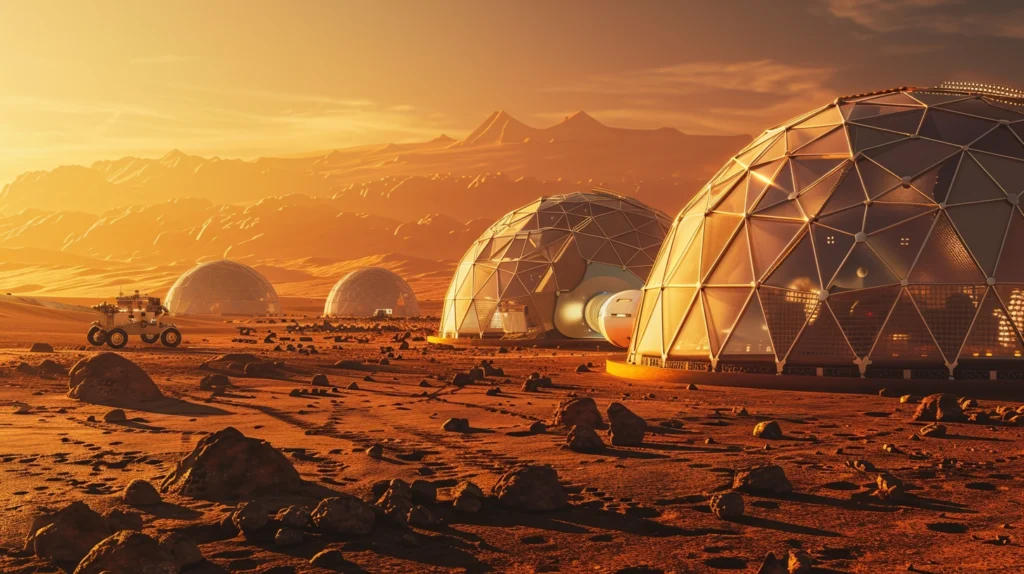
Physical separation techniques leveraging zeolite molecular sieves, amine resin beds, and nanopore filters have also shown good promise extracting high purity oxygen from the thin Martian atmosphere combined with crew/crop respiration CO2. Thorough testing for long term stability as well as effects from dust ingress and radiation damage still need further study to validate operational robustness over the long haul.
Mitigating Radiation Risks
One of the most dire threats to Mars colonization that’s orders of magnitude worse than any faced on ISS or during the Apollo lunar program is constant, unrelenting radiation bombarding astronauts essentially from the moment of leaving low Earth orbit.
Radiation in space comes from two primary sources – sporadic and unpredictable coronal mass ejections of charged solar plasma particles during periods of high sunspot activity, and a constant drizzle of cosmic rays produced by distant violent events like supernovae and black hole formation. Together these sources produce a sustained radiation dose to astronauts in deep space estimated at some 2000x the typical background exposure on Earth’s surface.
2000x radiation dosage would vastly exceed lifetime safety limits for astronauts if unshielded during multi-year Mars round trip missions. Acute radiation sickness setting in would trigger catastrophic damage to cellular DNA, macromolecules, and precursor cells for marrow and GI tissues. Without advanced warning and mitigation, such exposure could easily prove fatal.
Solutions for shielding astronauts from this deep space radiation gauntlet include surrounding habitats with several meters of Martian regolith piled on every surface, burying key structures underground entirely, lining habitats with water tanks that also supply drinking water as well as radiation damping from hydrogen nuclei, and magnetic or electrostatic deflection shields powered by nuclear or other high output power sources. Limiting annual exposure levels through a combination of above countermeasures to around 50 REM is considered a prudent balance between excessive engineering complexity tradeoffs and invoking Demon Core levels of risk.
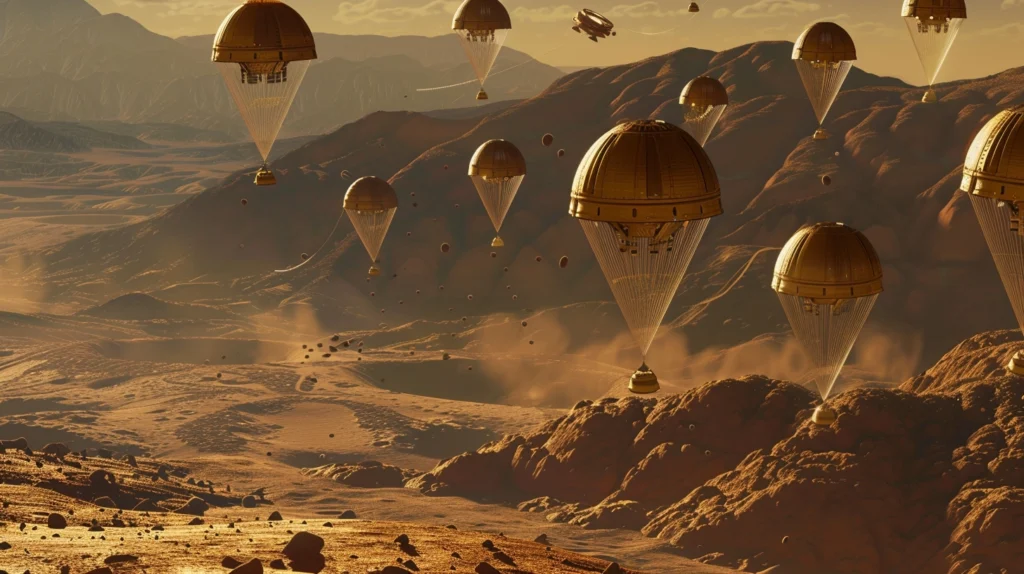
An inflated module concept for surface habitats features shielding water tanks surrounding the crew quarters. Water strongly absorbs energetic particles from solar storms providing protection inside.
Operational protocols are also planned to utilize a central shielded core habitat structure or contingency return vehicle to retreat to whenever solar weather alerts are issued. Absent any practical magnetosphere level shielding during a multi-year Mars colonization mission, the surface stay duration alone may approach the total lifetime radiation exposure limits we expose Earth-orbiting astronauts to presently. So protection methodologies still warrant extensive R&D to enable reasonable long term habitation safety standards for the journey and duty cycles realistically required.
Transport on the Surface
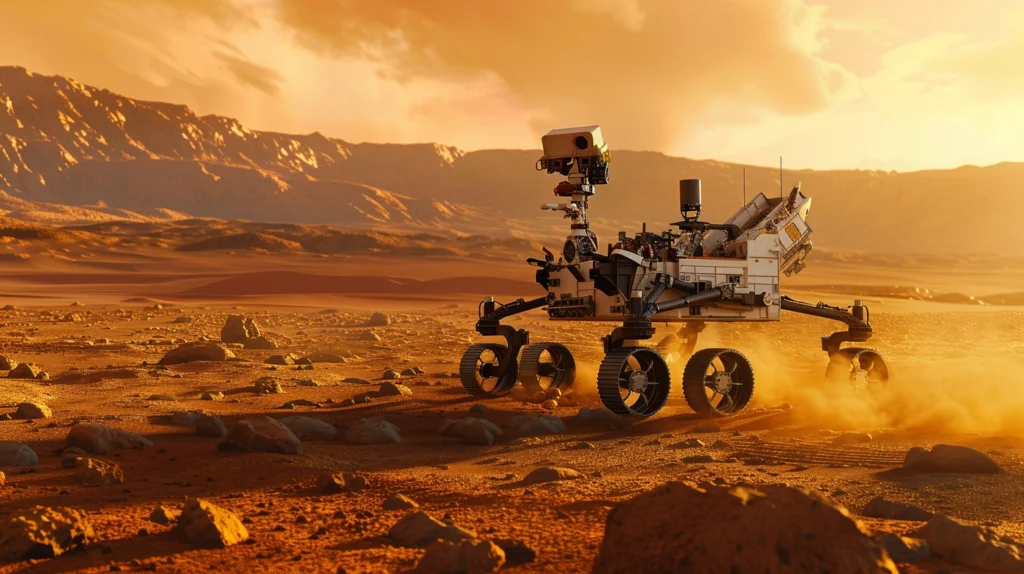
Rovers will clearly be essential tools for human Mars explorers providing both local transportation and remotely accessed Sample Return Vehicles that can drive beyond normal EVAs from the habitat to gather specimens and data before returning to base. Headway designing and testing long range pressurized rovers and unpressurized robotic scout/hauler platforms is being made through various Mars analog research expeditions in Earth deserts.
Equipping such vehicles for the multi-year lifetimes needed by initial settlement waves presents substantial challenges however. Slow-charging solar arrays struggle near Mars dawn/dusk periods due to the less intense sunlight. Nighttime battery charging requires sizable local power capacity.
Crew Selection and Training
While the engineering challenges of establishing a Mars colony are daunting, the human factors involved may prove even more complex. Carefully selecting and training the initial crew members will be critical for the colony’s success and survival.

Prospective Mars colonists will likely need to pass rigorous psychological screening to assess their suitability for years of isolation and extreme conditions. A diverse crew with a wide range of expertise – engineers, doctors, botanists, geologists, and more – will be essential. But more than technical skills, the ideal colonists must exhibit emotional intelligence, resilience, and an ability to work seamlessly as a team under extraordinary stress.
Training and preparation will extend far beyond the expertise each colonist brings. Just as today’s astronauts spend years training for relatively short missions, Mars colonists may require a decade or more of full-time training across multiple specialities. Everything from operating life support systems to repairing habitats, growing food, conducting scientific experiments, and even resolving interpersonal conflicts will need to be meticulously rehearsed.
Time spent in extreme environment analog missions like NASA’s NEEMO underwater habitat and facilities like the Mars Desert Research Station will help reveal each candidate’s true ability to thrive in a challenging, confined environment over extended periods.
Self-Sustaining Ecosystem
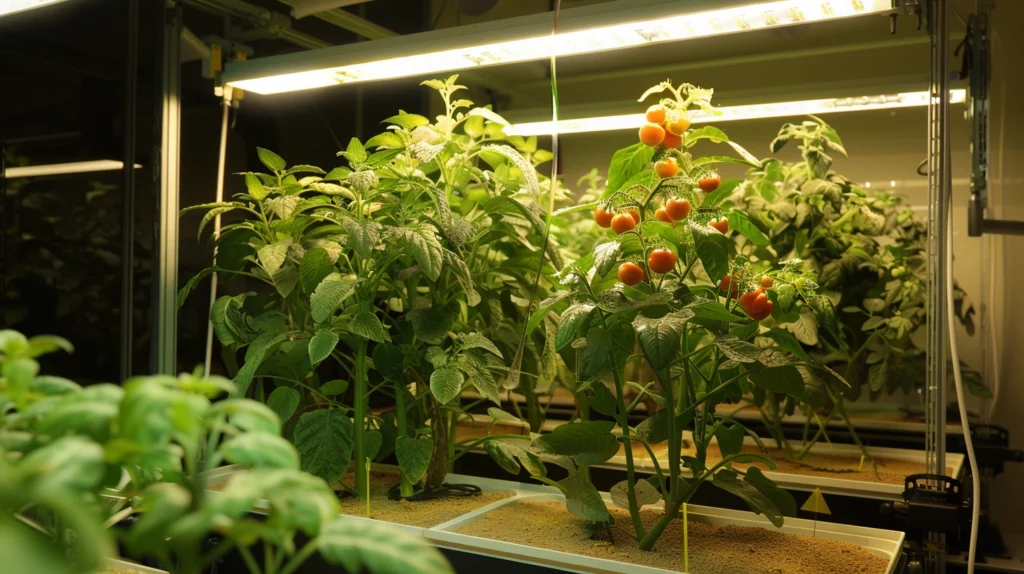
For a Mars colony to truly flourish, it must transition from an unsustainable remittance society dependent on supply ships from Earth to a stable, self-sustaining ecosystem. This will require closing as many resource loops as possible.
Initially, vital consumables like food, water, air, fuel, and equipment will need to be shipped from Earth at great expense. But a mature colony can aspire to extract or recycle all it needs to survive and grow from local Martian resources and its own waste byproducts.
Water could potentially be extracted from ice deposits or even the atmospheric humidity over time, then electrolyzed into breathable oxygen and hydrogen fuel. CO2 extracted from the atmosphere provides feedstock for greenhouses growing crops. Human waste, along with inedible biomass, could be anaerobically digested to produce methane for fuel cells and fertilizer for crops. Regolith contains all the minerals required to 3D print new structures and equipment.
Achieving such a level of ecological self-sufficiency is the ultimate goal, eliminating the colony’s dependence on expensive resource shipments while allowing its population to safely expand. Science facilities could begin studying the viability of terraforming Mars for future generations.
A Stepping Stone to the Stars
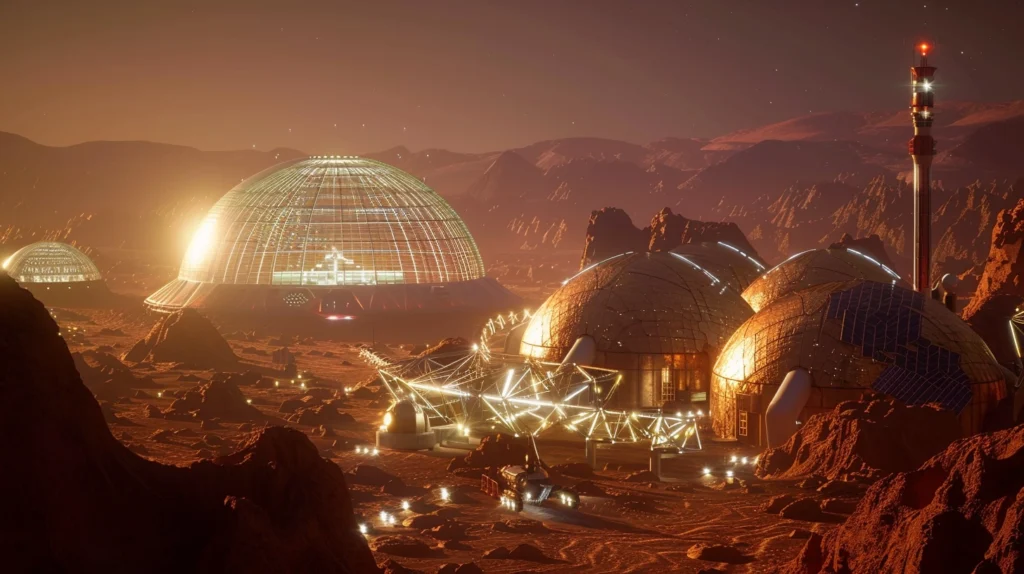
As audacious as establishing a permanent human colony on Mars seems by today’s standards, it may only be a stepping stone toward an even greater destiny among the stars for humanity’s descendants.
Traveling to even the nearest star systems utilizing conventional chemical rockets would take multiple millenia using multi-generational ark ships. More exotic propulsion breakthroughs like antimatter catalyzed nuclear pulse propulsion or even the hypothetical Alcubierre warp drive may be required to enable practical interstellar exploration within a human lifespan.
In the meantime, learning to truly live off the land on an entire alien world like Mars will provide invaluable experience for future pioneering colonies throughout the solar system and beyond. Asteroids, moons, exoplanets, even rogue planets drifting between stars may beckon to those born off-world for whom leaving the cradle of Earth is the final frontier.
Onward to the Void
Establishing a permanent human colony on Mars may seem like science fiction today. But it is an achievable goal if we continue exploring, innovating, and replicating the adventurous spirit that brought our ancestors out of Africa to cover the globe.
The hurdles are immense – developing reliable transportation, constructing habitats, growing food, managing resources, mitigating radiation, training specialized crews, and achieving self-sustainability. Each challenge represents opportunities for breakthrough discoveries and inventions.
But the greatest obstacle may simply be having the collective vision to make Mars colonization a priority for all humanity. If we can find the will and allocate the resources, we will inevitably find a way to expand the human presence through the solar system and eventually into the galaxy at large.

Mars is the first stop in that most fantastic of voyages – the voyage of human beings to become a multi-world, interplanetary species. The future calls to us from the rust-hued deserts of the Red Planet, awaiting the arrival of brave colonists who will transform this alien world into a new home for humankind.
When that day comes and we finally become a two-planet species, it will mark one of the greatest accomplishments in our long odyssey of exploration and discovery since leaving our ancestral African homeland. The colonization of Mars beckons as the next giant leap for humankind.


